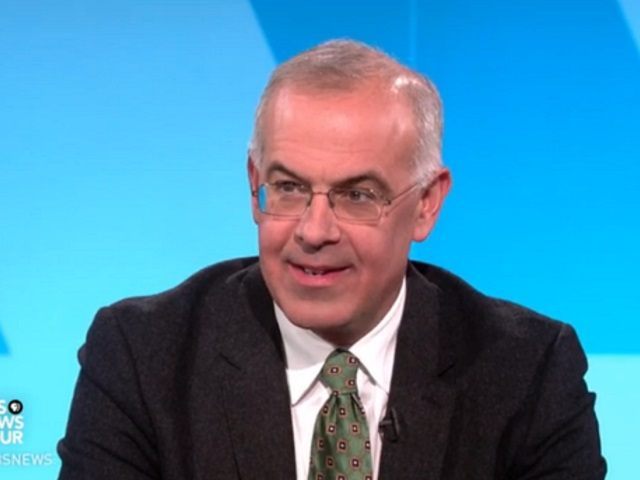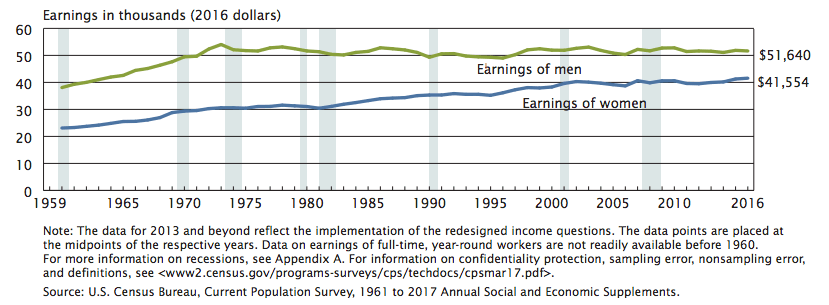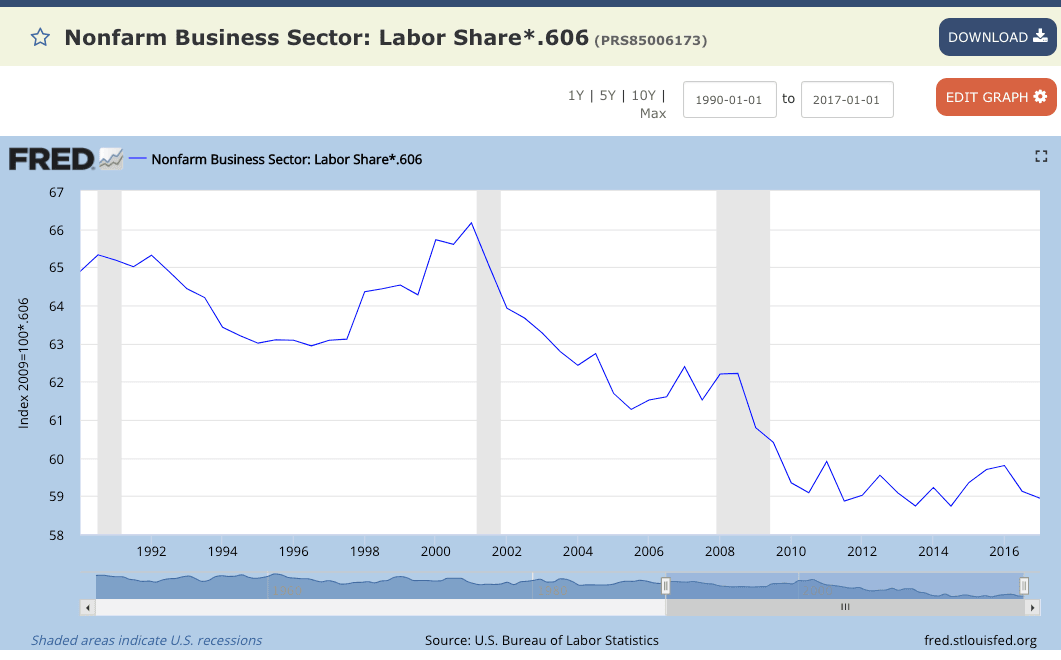New York Times columnist David Brooks tells his friends that the costs imposed by cheap-labor immigration don’t exist because, really, Americans are just inferior to immigrants in every way.
He writes:
Over all, America is suffering from a loss of dynamism. New business formation is down. Interstate mobility is down. Americans switch jobs less frequently and more Americans go through the day without ever leaving the house.
But these trends are largely within the native population. Immigrants provide the antidote. They start new businesses at twice the rate of nonimmigrants. Roughly 70 percent of immigrants express confidence in the American dream, compared with only 50 percent of the native-born. …
Republicans’ problem is that since George W. Bush left town they’ve become the East Germans of the 21st century. They have embraced a cultural model that produces low growth and low dynamism. No wonder they want to erect a wall.
Progressives say Republicans oppose immigration because of bigotry. But it’s not that simple. It’s more accurate to say restrictionists are stuck in a mono-cultural system that undermines their own values: industry, faithfulness and self-discipline. Of course they react with defensive animosity to the immigrants who out-hustle and out-build them. You’d react negatively, too, if confronted with people who are better versions of what you wish you were yourself.
Brooks’ opinion of his former fellow-Americans is shared by many of his peers. Like them, he simply ignores the huge impact of the feds’ economic strategy of annually importing 1 million new people — or roughly 750,000 workers — into the labor marketplace just as four million young Americans begin looking for jobs.
That economic policy imposes a massive level of wage-cutting competition on blue-collar and white-collar Americans, ensuring that a huge amount of money is sliced out of wages and salaries. The sliced money is sent up to New York’s Wall Street and to investors in the form of higher profits, higher property prices, and higher stock values. The National Academy of Science estimated in 2016 that this redistributive economic policy effectively imposes a stealth 5.2 immigration tax on Americans who are forced to compete against immigrants for jobs.
The massive 20 to 25 percent inflation of the labor supply also drains investment from smaller American towns, pushes many Americans out of the workforce, reduces company-funded training and vocational education, makes it harder for young couples to buy houses and have children, and even slows the development of American-built labor-saving machinery.
Brooks simply blames Americans for problems which are exacerbated by his favored cheap-labor immigration economic strategy. But he and his peers would be appalled if the federal government imposed the same inflationary policy on investors as it imposes on employees.
If it did, the government would create one new stock for every four stock shares created on Wall Street. When Facebook announces that it will issue 4 million new shares, then the government would convert 1 million shares from favored penny-stock companies into Facebook shares. That policy would effectively steal 20 percent of the new Facebook shares’ value — and provide a huge windfall for the lucky (or well-connected) owners of the penny-share stocks.
That one-for-four policy would also tank the stock market, skew investment, enrage Brooks’ peers — and would rapidly persuade GOP-leaning, penny-stock investors to invent new reasons why federal stock-creation is good for diversity, entrepreneurship, education, the civic fabric, neighborhood restaurants, apple pie, etc., etc.
It would also ensure that a columnist at the Topeka Times would someday declare, more in sorrow than in anger, that Brooks and his investor friends are unfortunately stuck in the outmoded era of dog-eat-puppy civic Darwinism.
Four million Americans turn 18 each year and begin looking for good jobs in the free market.
But the federal government inflates the supply of new labor by annually accepting roughly 1.1 million new legal immigrants (including roughly 750,000 working-age migrants), by providing work-permits to roughly 3 million resident foreigners, and by doing little to block the employment of roughly 8 million illegal immigrants.
The Washington-imposed economic policy of economic growth via mass-immigration floods the market with foreign labor, spikes profits and Wall Street values by cutting salaries for manual and skilled labor offered by blue-collar and white-collar employees. It also drives up real estate prices, widens wealth-gaps, reduces high-tech investment, increases state and local tax burdens, hurts kids’ schools and college education, pushes Americans away from high-tech careers, and sidelines at least 5 million marginalized Americans and their families, including many who are now struggling with opioid addictions.
The cheap-labor policy has also reduced investment and job creation in many interior states because the coastal cities have a surplus of imported labor. For example, almost 27 percent of zip codes in Missouri had fewer jobs or businesses in 2015 than in 2000, according to a new report by the Economic Innovation Group. In Kansas, almost 29 percent of zip codes had fewer jobs and businesses in 2015 compared to 2000, which was a two-decade period of massive cheap-labor immigration.
Because of the successful cheap-labor strategy, wages for men have remained flat since 1973, and a large percentage of the nation’s annual income has shifted from employees to investors.



COMMENTS
Please let us know if you're having issues with commenting.